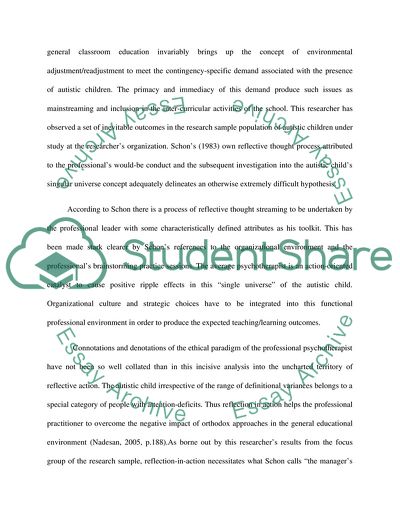Cite this document
(“Autistic children in the general education classroom, mainstreaming, Essay”, n.d.)
Retrieved from https://studentshare.org/miscellaneous/1551496-autistic-children-in-the-general-education-classroom-mainstreaming-inclusion-and-pull-out-options
Retrieved from https://studentshare.org/miscellaneous/1551496-autistic-children-in-the-general-education-classroom-mainstreaming-inclusion-and-pull-out-options
(Autistic Children in the General Education Classroom, Mainstreaming, Essay)
https://studentshare.org/miscellaneous/1551496-autistic-children-in-the-general-education-classroom-mainstreaming-inclusion-and-pull-out-options.
https://studentshare.org/miscellaneous/1551496-autistic-children-in-the-general-education-classroom-mainstreaming-inclusion-and-pull-out-options.
“Autistic Children in the General Education Classroom, Mainstreaming, Essay”, n.d. https://studentshare.org/miscellaneous/1551496-autistic-children-in-the-general-education-classroom-mainstreaming-inclusion-and-pull-out-options.


